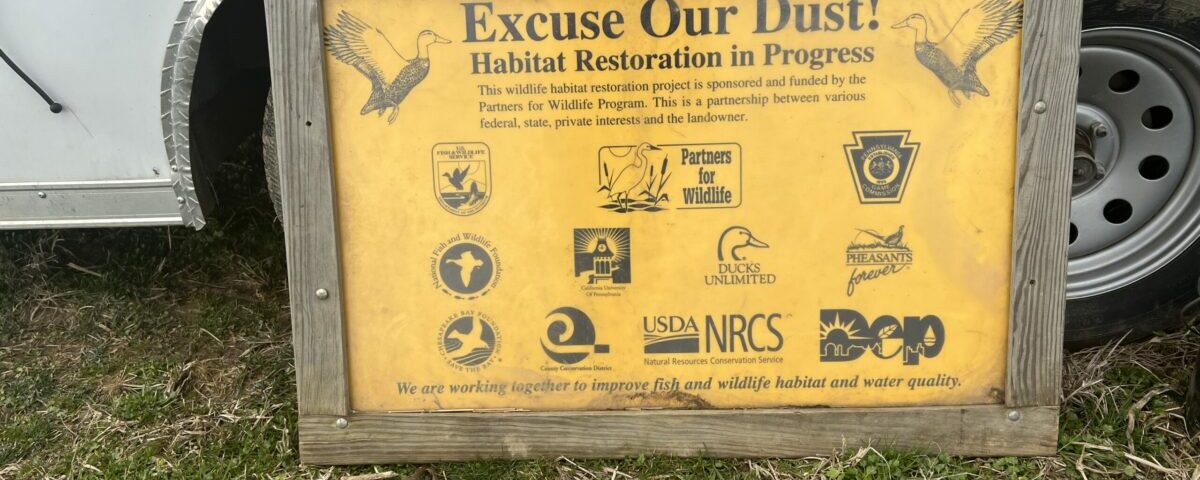
JLN expands Universal Health Coverage to Myanmar and Ukraine
05/01/2019
A Celebration of Conservation
05/23/2023The Phase 3 Watershed Implementation Plan (WIP) is a set of strategies developed by the Pennsylvania Department of Environmental Protection (PA DEP) to reduce pollution flowing to the Chesapeake Bay via its PA tributaries. The WIP is a key component of Pennsylvania’s effort to meet its obligations under the Chesapeake Bay Total Maximum Daily Load (TMDL), a federally mandated plan to restore the health of the Bay, and it outlines the specific actions that the state will take to reduce pollution in the Bay and its tributaries over the next several years.
At the local level, the counties have developed a Countywide Action Plan (CAP) which outlines local priorities and actions to achieve the required nutrient and sediment reduction goals. Lancaster Clean Water Partners (the Partners) has been actively involved in helping to facilitate funding and capacity support to achieve Lancaster’s local goals, which also help Pennsylvania achieve its WIP goals.
So, what progress has been made in the last two years? To highlight the milestones of that progress, PA DEP created the WIP Milestone Report with five Priority Initiatives: Communications and Outreach, Funding and Resources, Expanding Capacity for Technical Assistance, and Reporting and Tracking, and Compliance. The WIP Milestones Report details the progress, including aggregated data, the status of actions, and descriptions of efforts from the organization’s perspective.
Please find below 1-2 local examples that highlight the progress achieved at the Lancaster level, aligned with our CAP goals. It is important to note that these examples are not exhaustive, as numerous other instances are worth mentioning. We extend our gratitude to all partner organizations for their remarkable and cooperative efforts in striving to ensure the cleanliness and clarity of Lancaster’s creeks and rivers by 2040!


